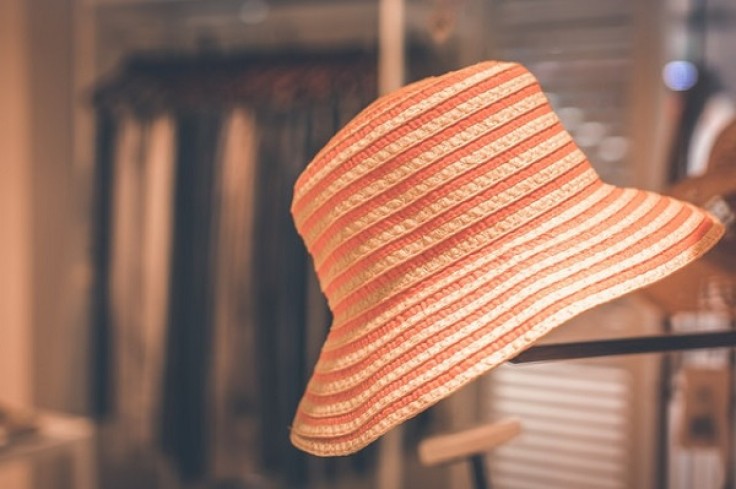Head lice are parasites that attach to a person's head and neck; then, they would attach their eggs at the base of the hair shaft. They move from one person to another by crawling and not hopping or flying. Pediculosis, or head lice infestation, is most commonly spread from person to person contact.
Given these facts, parents still wonder, how do kids get lice? What are ways to tread head lice infestation?
According to the American Academy of Dermatology, at least 6 to 12 million kids ages three to twelve get head lice every year. Here are ways on how kids get lice and how to treat them.
Facts about head lice
- Anyone can get lice.
- Head lice are not disease carriers.
- Different methods can treat a head lice infestation.
- Natural treatments are available.
How do head lice spread
Head lice transfer from one person to another by crawling, but they move really fast. When a kid with lice hugs another kid, and their heads touch one another, the other kid's probability of being infested with lice is high. While preventing this from happening is hard, it is essential to take note of any kid who keeps on scratching his head and reporting to the school nurse or his parents to be treated.
Other indirect ways of transferring head lice are as follows
- Locker and coat racks sharing
- Borrowing barrettes, hair ties, scrunchies, and hairpins from someone who has head lice
- Sharing caps, hats, helmets, scarves
- Using a comb or brush of someone who has head lice
- Sharing of sports gear such as towels, or other headgears
Read also : 8 Helpful Ways to Minimize Postpartum Hair Loss

Signs that a person has head lice
Here are visible signs to look out for if you suspect someone is having head lice infestation.
- Head scratching
- Abnormal itchiness of the scalp
- Irritation or bumps on the scalp due to excessive scratching
- Tickling sensations on the scalp
- Tiny yellow dots seen on the hair shafts signifying the presence of lice eggs, known as nits
- Difficult time sleeping due to head lice being bothersome at night
Spotting signs of having head lice is not easy because seeing children scratching their heads is fairly common, and signs of infestation take weeks to appear. When you see white specks in the hair, it might be caused by dandruff.
When you see that your child has these signs, brush your child's hair and use a magnifying glass and a bright light to see clearly if there are nits or adult lice. Nits would look like small dots, while adult lice would look like a small seed that could either be tan or gray-colored.
How to treat head lice
If your child has head lice, check with his pediatrician on the best treatment for him.
Over-the-counter treatments
A pediculicide is a particular liquid head lice medicine that is available as a shampoo or lotion. They contain pyrethrin, permethrin, or synthetic pyrethrin. Read instructions carefully before use. Let your child wear clean clothes and wait for eight to twelve hours to kill lice and nits. Use a nit comb to get the dead eggs and lice off your child's hair.
Essential oils
Essential oils, such as tea tree oil or nerolidol, could help kill nits and lice. Smothering agents like olive oil and butter could also help. Just apply them on the scalp and leave overnight covered with a shower cap to suffocate the lice.